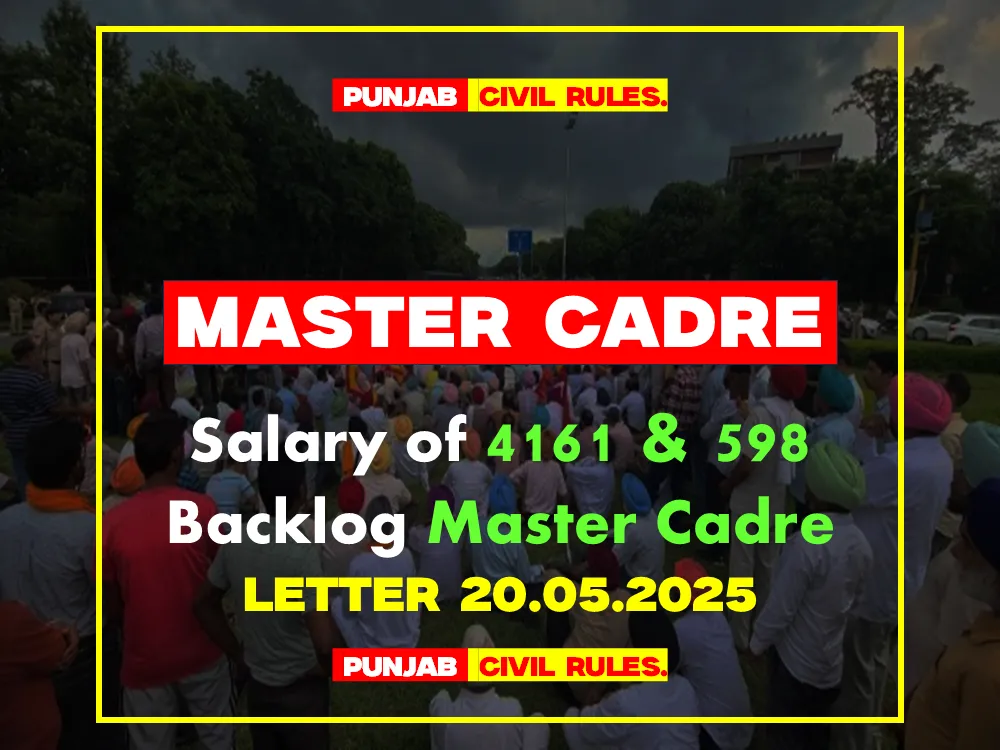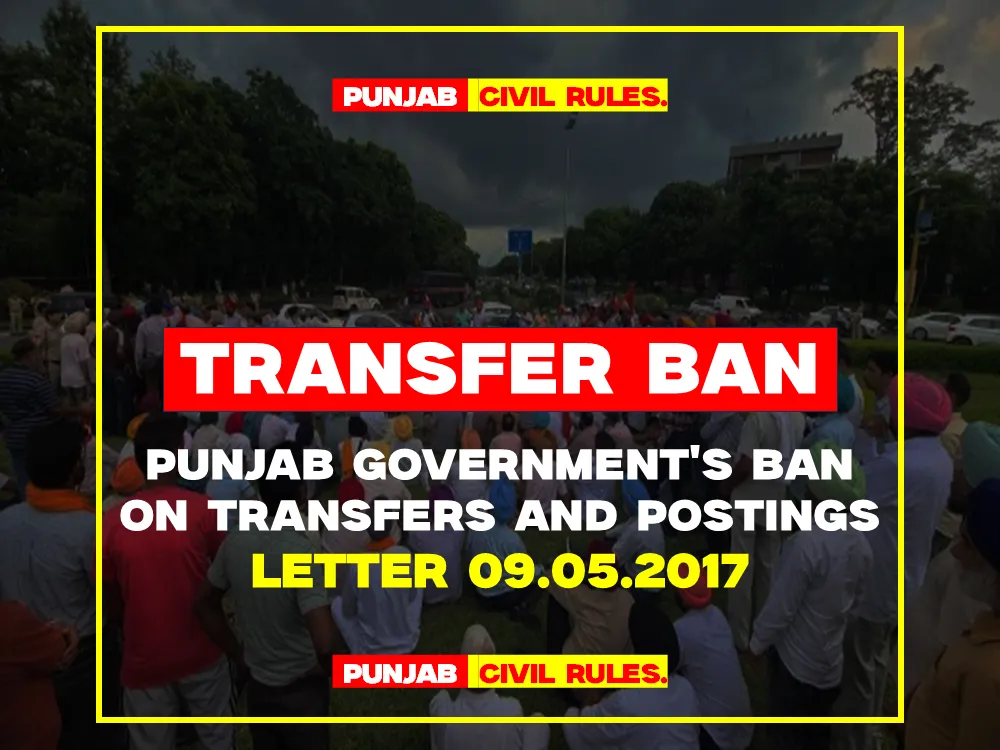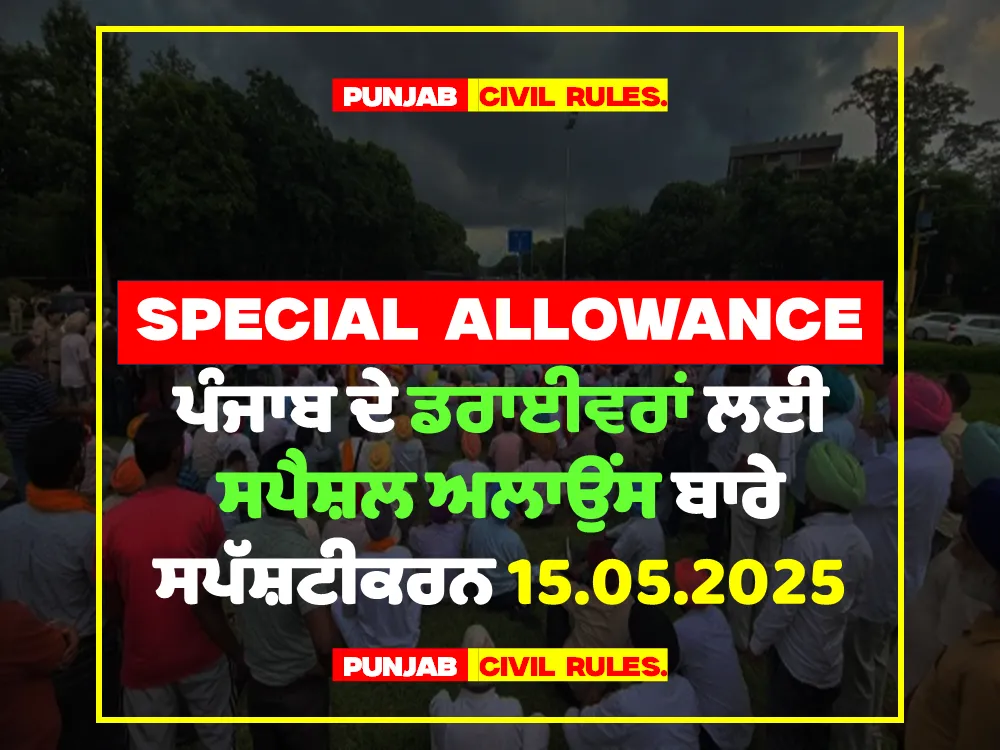In a significant move, the Punjab government has issued a notification on May 23, 2025, implementing the Old Pension Scheme (OPS) for approximately 2,500 government employees. This decision brings much-needed relief to employees whose recruitment process began before January 1, 2004, but who joined service later and were previously covered under the New Pension Scheme (NPS). The notification aligns with a directive from the Punjab and Haryana High Court, marking the end of a prolonged legal battle for these employees.
Who Benefits from the OPS Notification?
The notification amends the Punjab Civil Services Rules, Volume II, extending OPS eligibility to employees who meet specific criteria:
- Employees whose posts were advertised or appointment letters issued before January 1, 2004, but who joined service after that date.
- Employees appointed on compassionate grounds after January 1, 2004, provided their request for appointment and eligibility conditions were fulfilled before the cutoff date.
This decision impacts employees across various departments, including the Punjab State Power Corporation Limited (PSPCL), education, local bodies, and more. Many of these employees have served over 20 years and fought tirelessly for their rightful inclusion under OPS.
Key Details of the Notification
Eligible employees now have the option to choose between the Old Pension Scheme (OPS) and the New Defined Contributory Pension Scheme (NPS). The government has set a three-month window from the notification date for employees to make their choice. If no option is selected within this period, employees will automatically remain under the NPS.
The notification also mandates the opening of General Provident Fund (GPF) accounts for the 2,500 eligible employees by May 28, 2025, in compliance with the high court’s directive. This step is crucial for initiating the OPS implementation process.
A Victory for Employees, But Challenges Remain
Jasvir Talwara, convenor of the Purani Pension Bahali Sangharsh Committee, hailed the notification as a “victory for justice.” He emphasized that these employees were unfairly placed under NPS despite meeting the conditions for OPS. However, Talwara urged the government to act swiftly to meet the court’s deadline for GPF account openings to ensure seamless implementation.
While this move is a significant win, it addresses only a fraction of the larger issue. Approximately 2 lakh employees who joined service after January 1, 2004, remain excluded from OPS. Talwara pointed out that the Aam Aadmi Party (AAP) had promised a complete rollback of NPS before the 2022 Assembly elections. A notification issued in November 2022 raised hopes, but implementation for the broader employee base has yet to materialize. Instead, AAP ministers are now suggesting the Unified Pension Scheme (UPS) introduced by the Central government, which has been met with resistance from employees.
The Bigger Picture: Unfulfilled Promises
Rajat Mahajan, president of the Purani Pension Bahali Sangharsh Committee, described the notification as a partial fulfillment of the government’s commitment. He stressed that the demand for a complete rollback of NPS for all employees remains unresolved. Mahajan highlighted the struggles of employees like Sarwan Singh, a retired drawing teacher who now earns a meager Rs 4,520 monthly pension under NPS and runs a burger stall in Hoshiarpur’s Dasuya to make ends meet. Stories like Singh’s underscore the urgency of addressing the pension concerns of thousands of employees.
What’s Next?
While Chief Minister Bhagwant Mann has reiterated the government’s commitment to implementing OPS for employees with pre-2004 appointments, there has been no clear timeline for addressing the larger group of post-2004 employees. The Purani Pension Bahali Sangharsh Committee continues to press the government to honor its 2022 election promises and provide relief to all affected employees.
For now, the May 23 notification is a step in the right direction, offering hope to 2,500 employees who have long awaited this change. As the government moves forward with implementation, all eyes will be on how it addresses the broader demand for OPS restoration.
Stay tuned to PunjabCivilRules.com for updates on this developing story and other key updates related to Punjab’s civil services policies.
Disclaimer: This blog post is based on information from the Punjab government’s notification and related sources. For official details, refer to the Punjab Civil Services Rules and government announcements.





